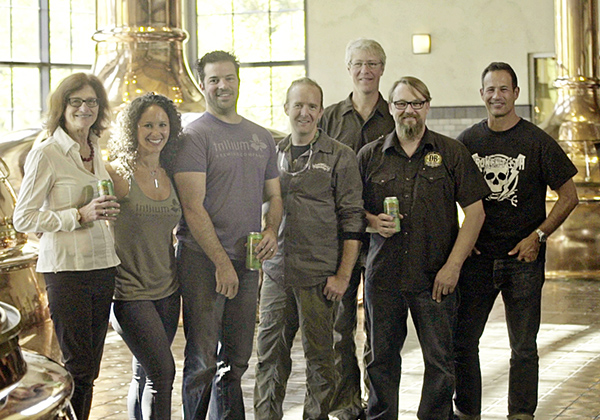
The second time around for the Beer Camp Across America 12-pack by Sierra Nevada took collaborations to a new level.
Instead of working with just old friends they have gathered along the way, Sierra Nevada enlisted some more established breweries to form regional teams in formulating a beer that represented each area well.
“It’s exciting this time around,” said Sierra Nevada small-batch leader Bill Manley. “Breweries from small brewpubs up to major players and that’s fun. No matter what size the system you still have the same principles at work. To get ideas from all scopes and scale is really exciting.”
The use of smaller breweries that otherwise would not have had its name broadcast on a package nationally has brought a lot of smiles to regional owners. It could also lead to possible dollar signs as some consumers will seek out these regional breweries down the line.
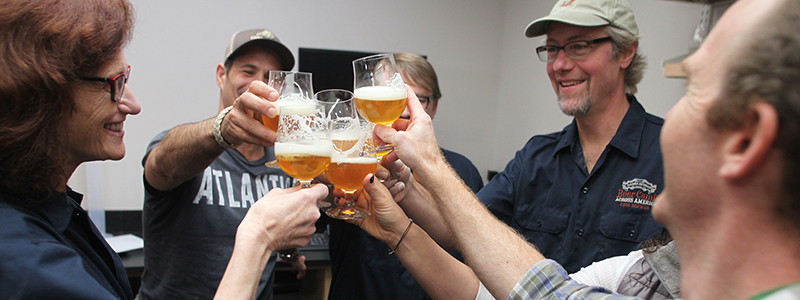
A total of 30 breweries (not including Sierra Nevada) helped with the six different beers, all brewed either in Sierra Nevada’s Chico, California or Mills River, North Carolina.
For small Boston brewery Trillium, which just expanded with its second location in December and plans to near 10,000 barrels by the end of the year after putting out about 2,500 in 2015, getting its name out there is only part of the experience.
Getting to work with other brewers that they only knew by name before and getting to make connections was the biggest part of the journey through the collaboration.
For instance, said co-owner Esther Tetreault, working with Mid-Atlantic/New England team captain Sam Calagione of Dogfish Head came by a chance meeting a year prior. Calagione had heard of Trillium and wanted to do a small event at the brewery about a year after it had opened.
“I don’t think he understood how small we were,” Tetreault said with a laugh. “We have like 300 square feet in our retail area.”
Splitting the small party of 50 into two sessions, the Tetreaults and Calagiones were able to pull it off.
“Sam reminisced about how he and his wife Mariah started 20 years before,” said Tetreault, who started Trillium with her husband JC. “We kind of connected and he remembered and saw some similarities with us and kept us in mind [for the collaboration].”
Now, Manley said, the look ahead to a 2018 collaboration may be considered. Stepping outside the box to figure out who to choose for that is a topic officials at the brewery have yet to discuss.
Along with the beer release is a subsequent festival across the country, in each region near one of the breweries that was a part of the project. It’s quite an undertaking for a beer that only released just 4,000 barrels of the product the first time in 2014 and have bumped up production to about 6,000 bbls this time.
“After 2014 we stopped after and said, that was amazing, let’s never do that again,” Manley said with a laugh. “It was such an extreme amount of work and making this happened crippled the brewery for a year, but we had to do it again. To have it be so successful and then never do it again would have been wrong.
“We’re not sure, but we are a lot smarter than 2014 so it’s not quite as hobbling as it was the last time around with the effort. We’ll see how this year goes, we would talk about doing it again.”
Co-founder of Pennsylvania’s Victory Brewing, Bill Covaleski said it was the 2014 traveling festival that really helped with Victory’s exposure. Although available in well more than half the states around the country, Covaleski still thought it was worth the effort.
“[I would] have a difficult time quantifying [the effect],” he said. “It brought out a savvy crowd of craft beer fans and I think it might have given us some exposure to some that saw us as a secondary consideration. I feel it had a democratic lift to all the breweries that were a part of the ‘circus’. We were all under the big top and it was a really compelling act. It was well coordinated and people got it: We as craft brewers aren’t out to harm one another, we are out to make great beer and let the consumer decide what beer they want to purchase.”
The community aspect of regional brewers getting to know other regional brewers has been the theme for the 2016 edition of Beer Camp, which was pretty much the theme among the brewers that were a part of the 2014 pack.
“It’s been almost two years and we built some great bonds with the people at the other breweries,” Manley said. “Everyone is friends and it’s great when we get together. That’s what it’s all about to bring the distant corners together and have a great shared experience.
“It’s nice to take a moment to think that we know we are all in this for the same reasons and we had time to appreciate it.”
Tetreault agreed. Working with other regional breweries, ones that she had not had the chance to meet before was special. Making the recipe was a great process as well. She noted that the rye in her team’s Pat-Rye-Ot Revolutionary Pale Ale showcases a lot of what their brewery is all about.
“It’s Danko Rye from Valley Malt in Hadely, Massachusetts,” Tetreault said. “We work with them a lot so we have used this rye before. It being a pale ale and this beer using rye has us pretty well represented.
“It was an equitable process.”
Covaleski said the national exposure for smaller breweries can help in many ways. It can showcase a smaller brewery’s creativity. It can also help a company see if it wants to be in the limelight as a national brand, or if staying at its current size is the way to go.
“The consumer is the most difficult wildcard to figure out,” Covaleski said. “I don’t know how long they may be loyal to these new exposures. I feel the exposure is great, but it’s temporary.”



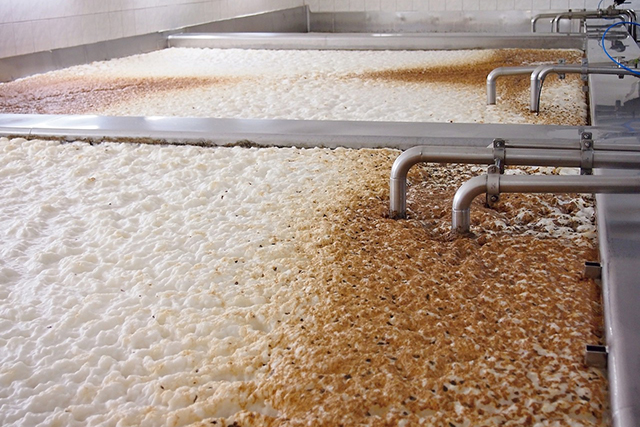
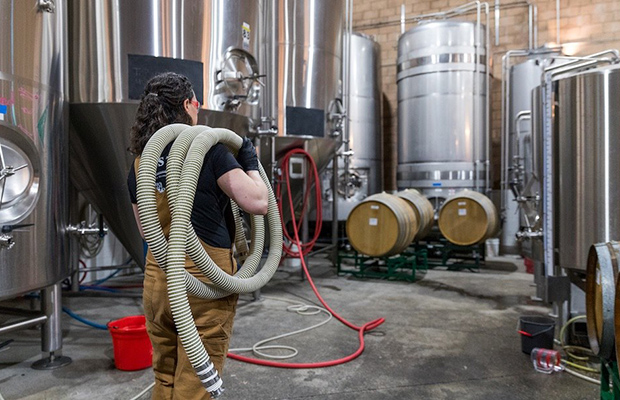
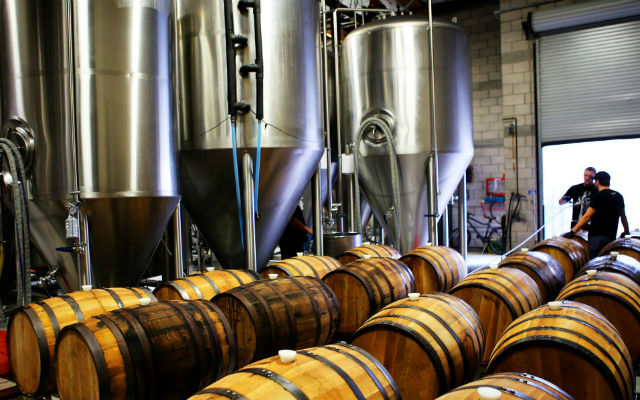
Be the first to comment